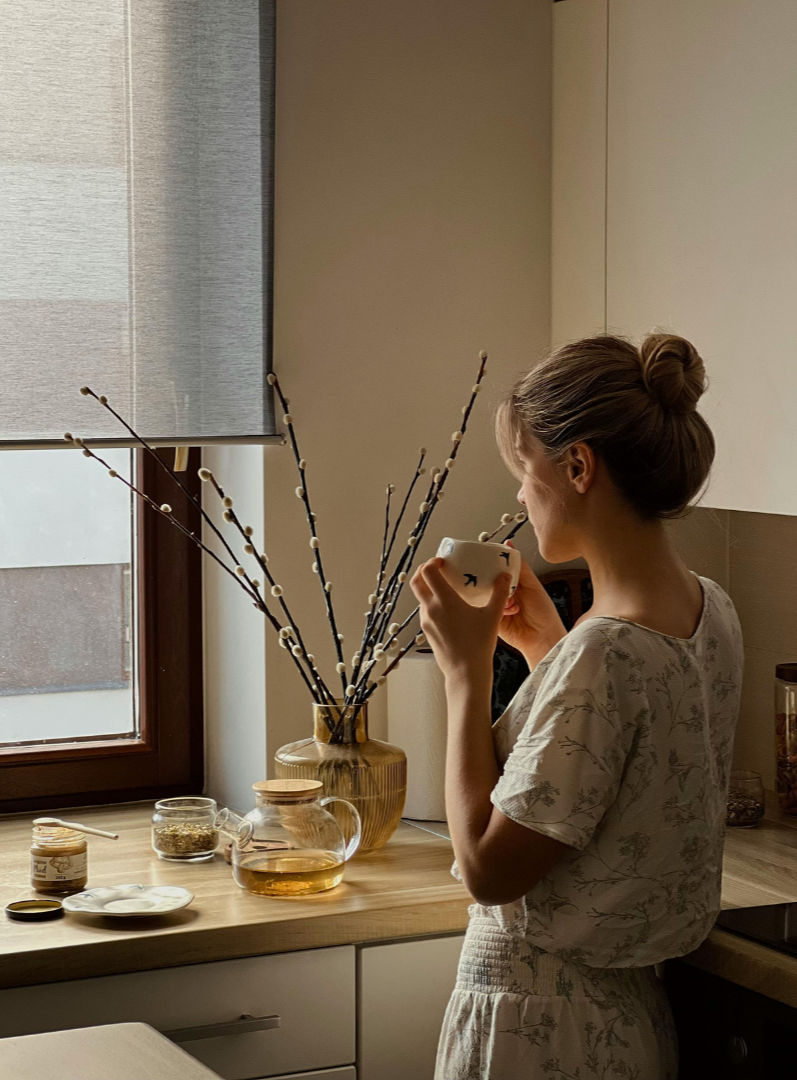Moxibustion: Ancient Heat Therapy with Modern Benefits
- Jingyuan Di
- Sep 20, 2023
- 2 min read

Moxibustion, a traditional Chinese medicine (TCM) practice with a history spanning over 2,500 years, is slowly but surely gaining global attention for its therapeutic benefits. Rooted deeply in ancient wisdom, this technique utilizes the heat produced by burning dried mugwort (Artemisia argyi) to stimulate specific points on the body, facilitating healing and promoting overall well-being.
How Does Moxibustion Work?
At its core, moxibustion aims to balance the qi (pronounced "chi") or life energy within the body. Practitioners believe that diseases or ailments arise when there is an imbalance or blockage in the flow of qi. By applying heat to specific acupuncture points, moxibustion helps to invigorate and balance this flow, leading to improved health and vitality.
There are two primary forms of moxibustion:
Direct Moxibustion: Small, cone-shaped amounts of mugwort are placed directly on the skin and ignited. Before it burns the skin, the cone is removed. This method can lead to mild blistering or scarring.
Indirect Moxibustion: The more popular form, involves burning a moxa stick (similar to a cigar) near the skin until the patient feels a warm sensation without any discomfort.
What Are the Benefits?
Moxibustion has been used to address a variety of ailments, including:
Pain relief, especially related to arthritis or menstrual cramps.
Digestive issues.
Turning breech babies into the correct position before childbirth.
Boosting the immune system.
Improving circulation.
Safety and Considerations
While moxibustion can offer numerous benefits, it's essential to approach it with caution. The technique should be administered by trained practitioners to ensure safety and efficacy. People with certain health conditions, like respiratory issues, should consult their doctor before undergoing moxibustion due to the smoke produced.
Moreover, it's always crucial to notify your practitioner about any skin conditions, sensitivities, or allergies before treatment. Avoid touching or scratching the treated area after the session to reduce the risk of infections or complications.



Comments